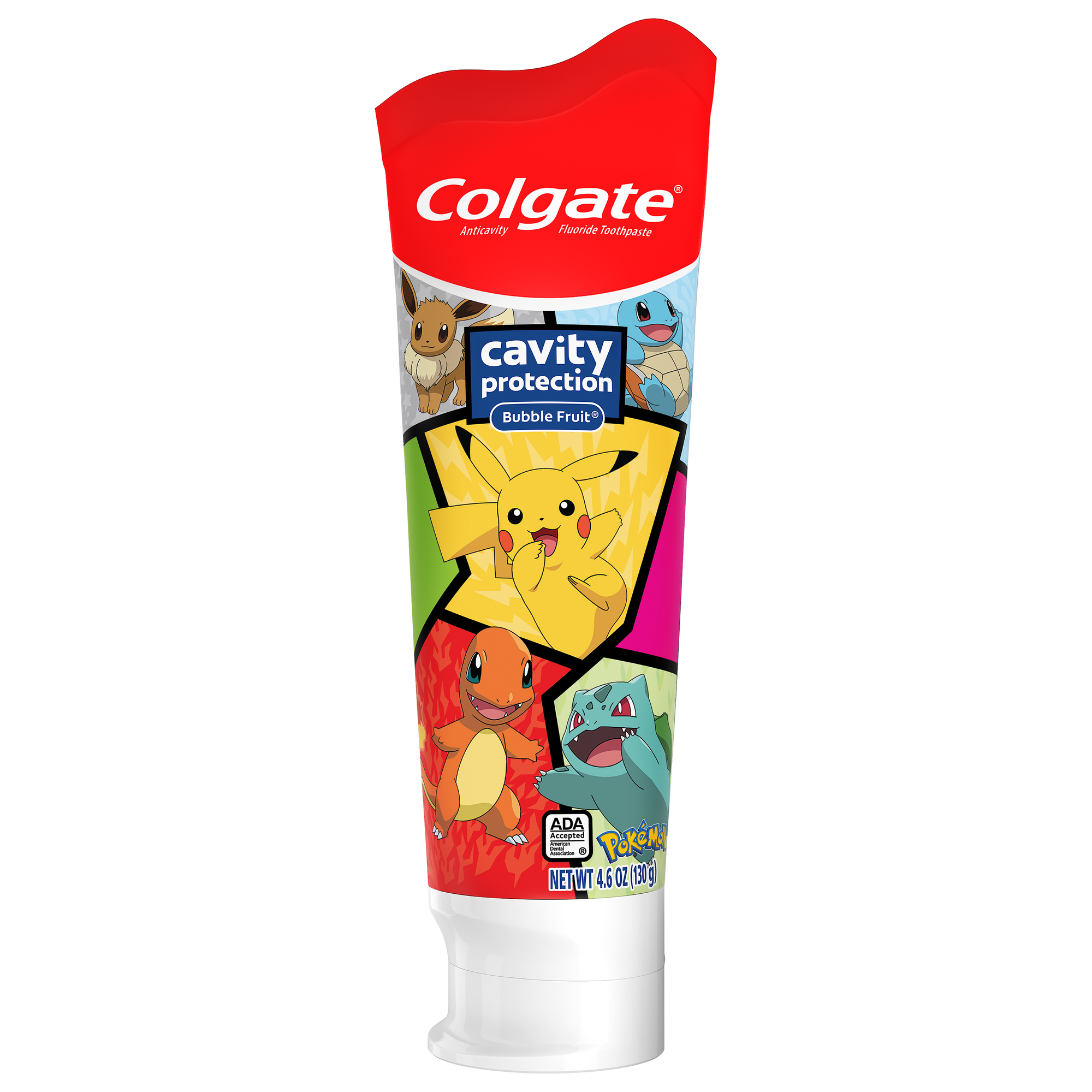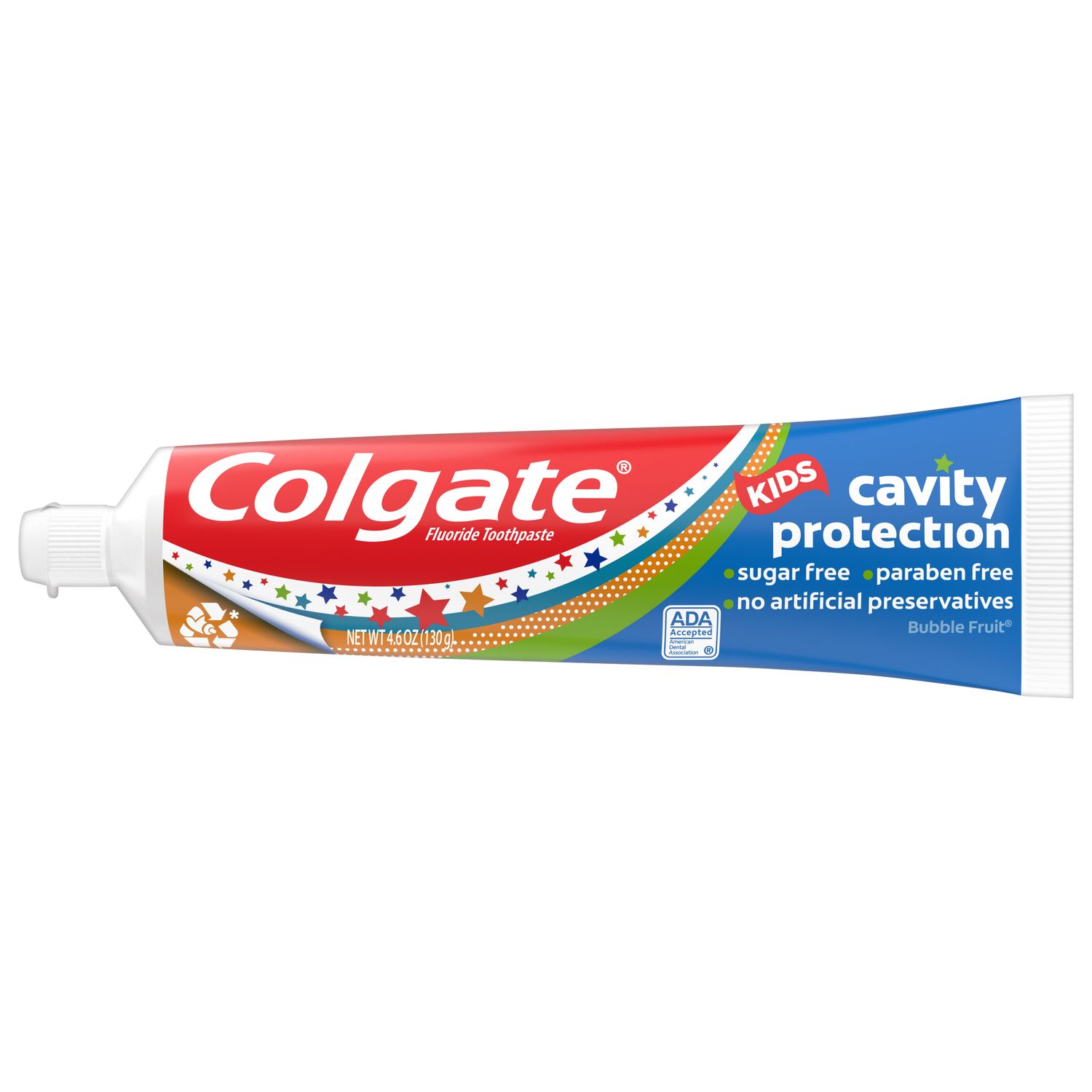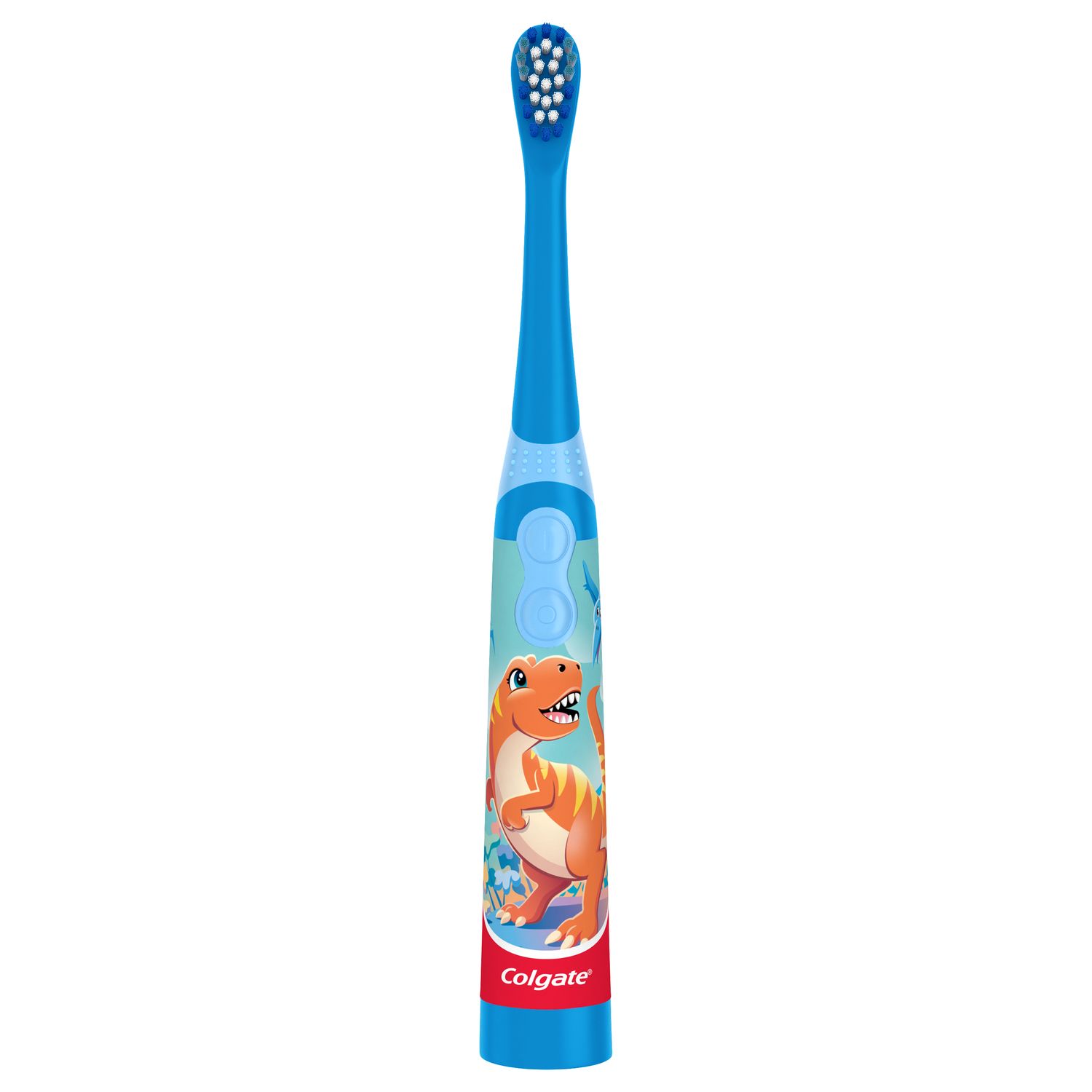A Parents' Guide to Childhood Oral Hygiene Practices
Caring for your child’s oral health begins on day one. Even before baby’s first tooth arrives, tending to your infant’s oral hygiene is essential. And even though baby teeth end up with the tooth fairy, those cute mini-chompers play an important role throughout life. They're vital to the health of your little one's gums (which last a lifetime) and to the permanent teeth preparing to come in underneath.
Without proper care, plaque can build up on the baby teeth and lead to tooth decay and cavities. In the early stages, tooth decay may look like white spots on the teeth, but if it progresses, cavities (holes) will form in the teeth. These may look brown or black. Left unchecked, cavities can lead to pain, infection, and even tooth loss. Because the baby teeth act as placeholders for the permanent teeth, this can also cause problems when those adult teeth eventually come through. For example, there may not be enough space for them, and the teeth might be crowded and in need of orthodontic treatment as a result.
Plaque can also lead to gum disease, an infection of the gums that causes swelling, inflammation and bleeding when brushing the teeth. Like tooth decay, gum disease can lead to pain, infection and tooth loss if not treated. In both cases, catching the condition early means that your dentist may be able to reverse the damage and prevent long-term problems.
Oral Care Timeline
Newborn to 6 Months
Although your newborn infant doesn’t have any teeth to brush just yet, you’ll still need to keep their mouth and gums clean. Starting early will help get them accustomed to having their oral hygiene tended to, which will make it easier to introduce toothbrushing and dental visits later on.
Using a clean, soft, moist gauze or a baby finger cot, gently wipe along the baby’s gums, tongue and inner cheeks.
6 to 24 Months
The first baby tooth usually comes through at around six months. When that first little pearly white appears, it’s time to schedule baby’s first dental visit and start brushing your infant’s teeth! Here are some tips:
Use a baby finger toothbrush or a very small, soft toothbrush designed for babies.
Choose a baby toothpaste that is specially formulated with an age-appropriate amount of fluoride.
Use a very small amount of toothpaste – no bigger than a grain of rice – to minimize swallowing.
Only give your baby water in nighttime bottles and in sippy cups to avoid baby bottle tooth decay (Continue this practice as your child gets older).
Your baby is now a toddler and will be getting more independent by the day. Some toddlers will want to get involved by holding their own toothbrush, while others might rebel against toothbrushing altogether! Here’s how to continue their excellent oral hygiene throughout the toddler years:
Continue to brush for your little one as they don’t have the manual dexterity to do a thorough job by themselves. If they want to get involved, let them take a turn and guide their hand while they brush.
For two-year-olds, continue to use a smear of toothpaste the size of a grain of rice. For three-year-olds, you can use a pea-sized amount of toothpaste.
Choose an age-appropriate toothpaste with an appealing flavor that will encourage your little one to brush. Even better, choose a toothpaste with their favorite characters.
Make brush time fun by singing silly brushing songs and playing goofy brushing games.
Read children's books or watch online videos about oral care habits and dentist visits together.
Spark your little one's curiosity and lead by example by brushing your teeth in front of your child.
Encourage your child to spit out their toothpaste after brushing.
When two of your tot's teeth start touching, clean gently between them with waxed floss, floss picks, or interdental cleaners.
Keep up with regular six-monthly dental visits.
Schedule morning dentist visits when kids at these ages are usually on their best behavior.
Put on a happy face during dental visits to eliminate anxiety.
4 to 5 Years Old
Keep up the great routines you've established with brushing, flossing, and visiting the dentist, and add these activities:
Teach your kid how to brush and let them practice at least once a day.
But, since they still lacks the manual dexterity to brush thoroughly, you'll need to brush their teeth again, especially at bedtime.
Come up with some new age-appropriate ways to make the brushing experience fun.
Add new age-appropriate dental-related books to reading time.
6 to 8 Years Old
By this time, your kid can do many oral health care tasks independently. Your job will mainly be an oral health care monitor – though give yourself a more fun title! (Inspector Fangs, perhaps?)
Check the effectiveness of your child's toothbrushing with dental disclosing tablets. By staining plaque on your kid's teeth, these tablets provide an entertaining way to see what areas need further brushing.
Introduce rinsing with fluoridated, bacteria-destroying mild mouthwash, or rinse.
Help your youngster floss their own teeth until they develop the knack.
By age 9, your kid should be an oral care expert – and you can give yourself a well-deserved pat on the back.
Raising children is a lot of work but comes with major rewards. If you start your child's life on the right oral health path, it should be much easier to continue the journey every step of the way. And the reward will be your kid's beautiful, healthy smile!
Frequently Asked Questions About Infants’ and Kids’ Oral Health
When should I start brushing my infant’s teeth?
As soon as the first one appears! But before that, you can still practice oral hygiene with your infant by wiping down their gums every day with a soft, clean gauze.
How often should I brush my baby's teeth?
Brush your baby’s teeth twice a day. Most parents find it convenient to brush their baby’s teeth at the same time they do their own. This also gives you the chance to show your baby that oral care is a normal part of daily life.
What type of toothbrush is best for infants?
Choose a very soft toothbrush specially designed for babies. The extra-soft bristles are gentle on your baby’s gums, while the small head can easily clean around little teeth and mouths. And when they’re ready to start taking a turn at brushing, the ergonomic non-slip handle is perfectly designed for small hands.
Can I start flossing my infant's teeth?
As soon as your infant has two teeth that touch together, you can start flossing between them. Choose a waxed floss to make it easier and more comfortable. If you have trouble with floss, kids usually find water flossers to be a super-fun alternative!
Oral Care Center articles are reviewed by an oral health medical professional. This information is for educational purposes only. This content is not intended to be a substitute for professional medical advice, diagnosis or treatment. Always seek the advice of your dentist, physician or other qualified healthcare provider.
ORAL HEALTH QUIZ
What's behind your smile?
Take our Oral Health assessment to get the most from your oral care routine
ORAL HEALTH QUIZ
What's behind your smile?
Take our Oral Health assessment to get the most from your oral care routine















